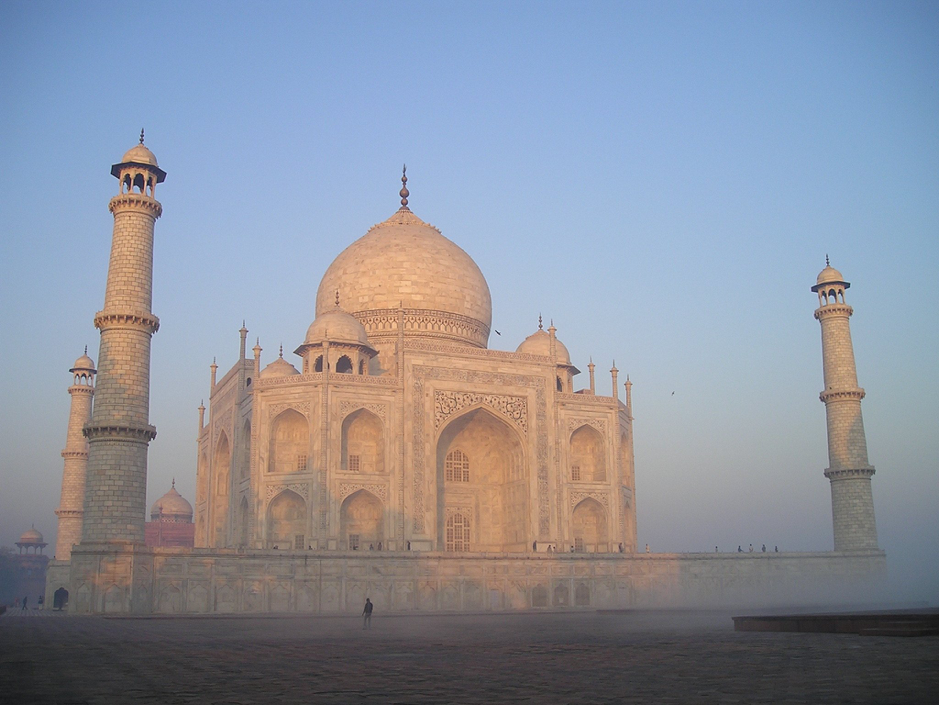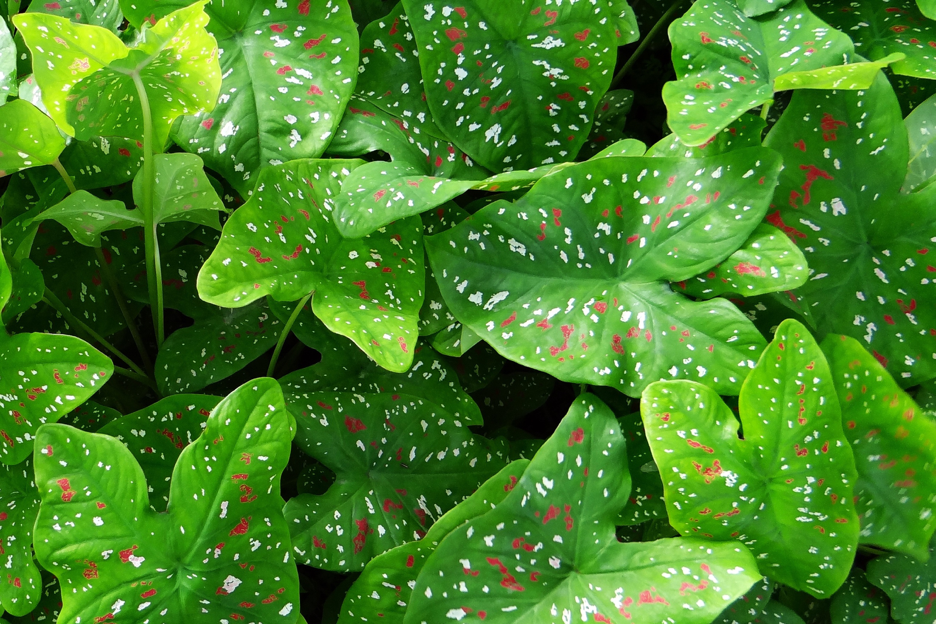Amidst the swirl and chaos of Mumbai’s slums, high rise towers and buzzing bazaars, it is easy to feel overwhelmed. But as you delve deeper into Mumbai, the captivating madness can grow on you like a passion. Here’s our guide to the best things to do in India’s capital of finance, film and fashion, without feeling a pinch to your wallet.
Rediscover the Gateway to India
Built to commemorate the arrival of King George V and Queen Mary in Mumbai in 1911, and free to all, the Gateway of India is a Mumbai icon. Constructed in classic Indo-Saracenic style, the basalt arch is thronged daily by tourists, locals, hawkers and souvenir-photo-wallahs. It's most atmospheric in the evening, lit up against the backdrop of Mumbai harbour. Just metres away is another opulent colonial-era monument – the Taj Mahal Palace Hotel, still timelessly grand after more than a century as Mumbai’s top hotel. Staying in the palace-esque rooms costs a fortune, but there's no charge for visiting the lobby to admire the lavish interiors at this resilient Mumbai landmark.
Meander through Mumbai’s markets

A never-ending shopping boardwalk, the market at Colaba Causeway is a sneak peek into Mumbai’s love affair with getting a bargain. By day, the whole area is lined with stalls selling everything from animal print skirts to glittering mojari sandals and clanking jewellery. If you are up for a little adventure, head north to the Chor Bazaar or Thieves Market, famous for selling stolen moments of Mumbai history – light fittings, telephones, old cameras, vintage gramophones and old movie posters.
Browse Mumbai’s open-air library
Adjacent to the subway at Churchgate station, the colonial-era Flora Fountain has become a hub for second-hand book sellers. Browsing the towering columns of books is a bibliophile’s fantasy. As you walk through the narrow alleys, you can thumb through everything from Indian classics to thrillers, romances and comics. Look out for fascinating local tomes on Mumbai’s Jewish past, the culture of the city’s chawls (tenements) and the murky underworld inhabited by crime kingpins such as Dawood Ibrahim.
Find peace at Mani Bhavan
Built in the late 20th century, this charming three storied, brown and white home at Grant Road was a focal point for India’s freedom struggle. Home to Mahatma Gandhi during his stay in Mumbai from 1917 to 1934, the Mani Bhavan displays photographs, letters, political resolutions and appeals from Gandhi’s long campaign to free India from colonial rule. Don’t miss Gandhi’s thought-provoking letter to Adolf Hitler, entreating him not to go to war.
Meet the original Mumbaikers
Modern Mumbai is a magnet to migrants from across India and the world, but for a slice of indigenous life, head to Sassoon Docks. The array of fishes, rays and crustaceans hauled up daily from the Arabian Sea is almost as colourful as the clothes of the Koli fishermen and women who dominate Mumbai’s fishing trade. A feverish atmosphere pervades at dawn as Koli women navigate the tangles of fishing nets and fish baskets, haggling for crabs, baby sharks, shrimps, and local favourite bombil, the key ingredient in ‘Bombay duck’.

Come face to face with the Arabian Sea
When you tire of the city crush, you’ll find peace and free sea breezes along the waterfront at Nariman Point, Worli Sea Face or Marine Drive. Take a seat on the seawall and watch fashion-conscious teenagers strutting their stuff, children stuffing down gola (crushed ice with fruit syrup) and ice cream and young college couples professing their love in the unchaperoned privacy of Mumbai seafront.
Discover creative Mumbai
Think Mumbai is just skyscrapers and shanties? Think again. Amid all the chaos, local artists find myriad ways to express their creativity, from the rainbow murals along Senapati Bapat Marg in Dadar to street-stall fashions, whipped up by shoestring designers in the markets of Bandra. On the south side of Fort, Kala Ghoda is one of Mumbai’s busiest artistic hubs, hosting the lively Kala Ghoda Arts Festival in February, and adorned daily with the daubings of local artists who set up stalls along the roadside in front of the Jehangir Art Gallery.
Breathe deep in Mumbai’s green spaces
Though Mumbai is painted as a city of skyscrapers and slums, it has more than its fair share of green open spaces. If the crowds close in, follow the example of the locals and head to Cross Maidan, Azad Maidan and Oval Maidan, where Mumbaikers come to doze, promenade and watch enthusiastic games of cricket in front of the grand facades of the University of Mumbai and the High Court.
Go on a spiritual quest
While Mumbai is famous for its pursuit of wealth, the city still moves to profoundly spiritual rhythms. Every religion under the sun has set up stall in Mumbai, and most temples, mosques and shrines welcome respectful visitors. Dip into the colonial past at Bandra’s Mount Mary Church, north Mumbai’s most beautiful basilica, or discover a slice of Japan at Worli Naka’s Nipponzan Myohoji Buddhist Temple.

Join pilgrims circumnavigating the gleaming Burmese-style Global Pagoda at Gorai, or step into a peaceful world of aqua blue at the historic Knesset Eliyahoo Synagogue in Fort, then cap it all off at sunset at the dargah (mausoleum) of the Sufi saint Haji Ali, surrounded by the haunting melodies of qawwalis (Islamic devotional songs).
A piece of Portugal in Mumbai
Every city has its own history, and its own forgotten secrets, shrouded in mystery. Despite ruling for over a century, the Portuguese left few marks on downtown Mumbai, but traces of Portuguese rule can be seen in the northern suburb of Vasai, an easy train-ride from Churchgate station. With a rented autorickshaw, you can roam to the ruins of a 500-year-old Portuguese fort, whose framed arches, crumbling walls and embellished graves are dotted through an overgrown jungle of wild grasses and palm trees.